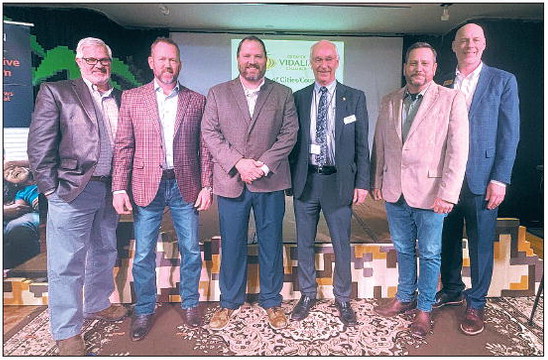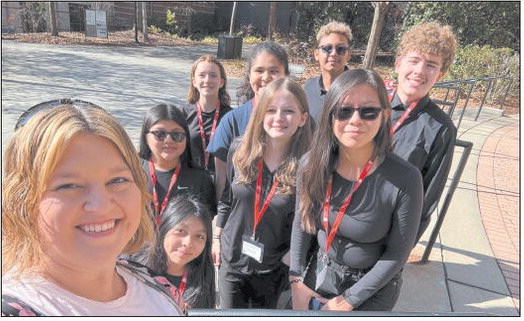Debunking certain myths surrounding breast cancer
Events like National Breast Cancer Awareness Month and the Susan G. Komen MORE THAN PINK Walk have been integral to raising awareness about the most commonly diagnosed cancer in women across the globe. Though such campaigns and events have helped many women better understand breast cancer and their own risk for the disease, certain myths surrounding breast cancer persist. Such myths are not harmless and can, in fact, lead to unsafe outcomes that jeopardize women's health.
Questions about breast cancer should always be directed to a physician. Though physicians may not have all the answers, they remain useful allies in the fight against a disease that the World Cancer Research Fund International reports will be discovered in roughly three million women this year. As women seek more knowledge of breast cancer, it can be just as important to recognize some common myths surrounding the disease.
Myth: MRIs are more effective than mammograms.
The National Breast Cancer Coalition notes that no evidence exists to support the assertion that a magnetic resonance imaging exam is a more effective screening test for breast cancer than a mammogram. The NBCC acknowledges that an MRI can be an effective diagnostic tool when doctors suspect something is wrong. However, the NBCC advises against using MRI to screen for breast cancer since it is more likely to yield a false-positive result than a mammogram. Indeed, the National Breast Cancer Foundation identifies mammography as the gold standard for the early detection of breast cancer.
Myth: Breast size and breast cancer risk are connected.
This myth typically suggests breast cancer is more common in women with large breasts. The NBCF notes there is no connection between breast size and breast cancer risk. Breast density, not size, may be associated with a greater risk for breast cancer. The Mayo Clinic notes dense breast tissue refers to the ways breast tissue appears on a mammogram. Women with dense breasts, which the National Cancer Institute notes affects roughly half of all women over age 40, are at higher risk for breast cancer because the dense tissue makes screening for the disease more difficult. But breast size and breast density are not one and the same.
Myth: Most breast cancer patients have a family history of the disease.
The NBCC notes that roughly 15 to 20 percent of women diagnosed with breast cancer report a family history of the disease. Assuming only those with a family history are vulnerable to breast cancer gives women with no such background a false sense of security, which may discourage them from taking measures to lower their risk.
Myth: All breast lumps are cancerous.
The NBCF indicates only a small percentage of breast lumps end up being cancerous. Lumps should never be ignored, and should be reported to a physician immediately. But it's important to avoid jumping to conclusions after finding a breast lump. A clinical breast exam can determine what's behind the lump, and women who discover a lump should remain calm until such an exam is conducted.
These are just some of the many myths circulating about breast cancer. More information about the disease can be found at nationalbreastcancer.org.





